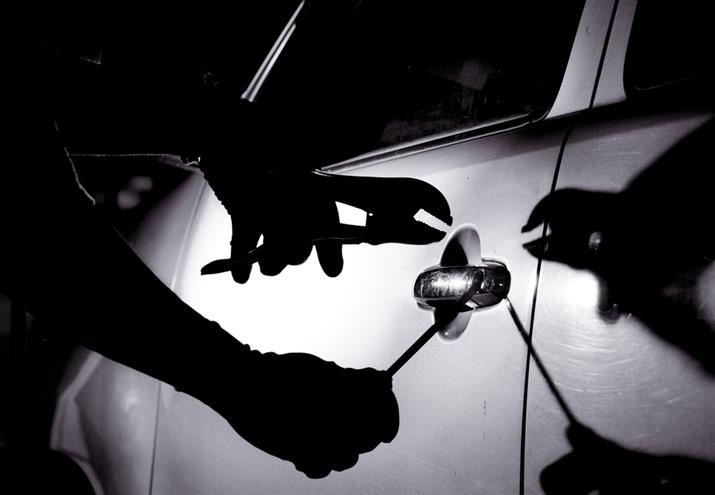How to defrost a van’s windscreen quickly and safely
![]() 11/11/2020
11/11/2020![]() 10 minutes read
10 minutes read
Condensation. Iced-over windscreens. Waiting for your vehicle to warm up. Winter only adds to the stress of the morning rush or the journey home at the end of the day.
It is very tempting to take shortcuts that could cause damage to your vehicle or leave it vulnerable to theft.
When it comes to defrosting your windscreen or vehicle, there are plenty of quick tips, tricks or ‘hacks’ out there. We’re here to provide you advice on how to do it safely and efficiently.
If your windscreen is already iced or frosted over…
1. Check your windscreen wipers
To avoid any damage to the wipers, it’s worth checking they’re turned off. And before turning them on again, even after defrosting your windscreen, it’s worth double-checking they’re not stuck.
2. Turn on your engine
Getting your engine running and your air vents pumping hot air towards your windows and windscreen should be a top priority. Give your engine time to warm up before turning up the dials though – this should help with heating up quicker.
Caution: We do not advise leaving your vehicle unattended. Thieves will see this as an easy opportunity to make off with it. Also, if your vehicle is parked on a public highway (which it could well be if it’s parked on the street) and you leave it unoccupied with the engine running, you’ll be breaking the law and you may not be insured.
3. Scrape and clear
Start clearing away any ice or snow. Be sure to check your wing mirrors. Investing in an ice scraper or brush will save your hands or having to rummage around for something else to use.
Caution: Whilst it makes practical sense to clear snow or anything else from your windscreen that is obscuring your vision, it is also the law to have a clear view of the road ahead before you set off.
4. Speeding up the dethawing process
De-icer spray or solutions can help you melt ice more quickly than relying solely on your vehicle warming up. Just give a few short sprays over the areas required, wait for it to take effect, and then scrape the ice away – adding more spray as needed.
Caution: We do not recommend using warm water – lukewarm or otherwise, and especially not boiling water, as this runs the risk of cracking your windscreen or windows.
5. Turn up the heat
If you notice warm air coming out of your air vents, it is worth slowly turning up your dials as they reach their maximum temperature. Not running them at full blast from the get-go should mean that your vehicle heats up quicker.
Top Tip: If you find condensation in the interior vehicle on your windows or mirrors, try to avoid rubbing it off with a cloth. Whilst solving the immediate problem, cloths will often cause streaking. It’s much better to wait for the heating to kick in.
6. Turn on your windscreen wipers
After you’ve cleared away most of the ice and begin to see it melt and loosen, you’re safe to turn on the windscreen wipers and clear the last bits away. Be sure to check your wipers are not obstructed or stuck by any ice, to avoid damaging them.
If you want to prevent your windscreen from icing or frosting over…
Parking your vehicle in your garage or a sheltered area can prevent it from icing over. If this is not possible, you could use a vehicle windshield cover or protector.
Some de-icer sprays or solutions can also be used in advance to help stop your windscreen from icing over. With some de-icers, you can apply them the night before.
Looking for more motoring advice to get you through winter and the colder months?
Winter can put a real strain on your vehicle and lead to some hazardous driving conditions. With the right preparation, you can keep safe and ensure your vehicle remains in good working condition.








